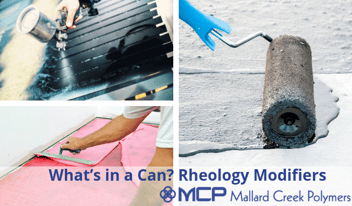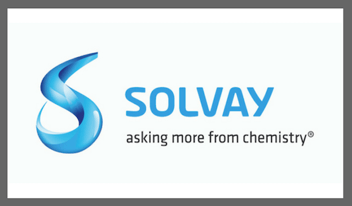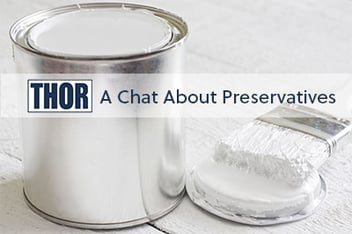
Water-based coatings are on the rise. Whether it’s for a waterproofing coatings, a flexible elastomeric film, or a concrete sealer, going water based allows for a more environmentally friending product offering with easy clean up. Choosing the right raw materials for a formulation can be challenging when you are trying to balance all of the different performance property requirements. This blog will discuss the five main components and the roles they play within typical water based coatings.
The five main components are:
- Polymer
- Pigments
- Additives
- Solvents
- Water
Polymer
The most influential component, the polymer, determines how well the coating adheres to the substrate, the overall performance, and length of durability. In developing a coating formulation, polymer selection begins the process and is driven by the needs of the application.
Pigments
These affect the gloss or sheen of the final coating, along with texture, toughness, and ability to cover or hide what's underneath. Hiding ability is also termed “opacity.” Importantly, in the coatings industry “pigment” does not refer to color, although color could be one of the pigments added. One widely used pigment is titanium dioxide (TiO2). This provides excellent opacity and durability, although is relatively expensive. Other pigments used include zinc oxide, calcium carbonate, nephaline syenite and sand.
Additives
Small quantities of several additives are incorporated into most coatings.
-
Dispersant - provides stability, holding pigments in the liquid and preventing them from separating out. The choice and quantity of dispersant used affects gloss, foaming and water resistance. Learn more about dispersants in this interview with Evonik.
-
Surfactants - reduce surface tension between liquid and pigments and wet out the substrate to ensure good substrate wetting. They also help provide stability to the coating.
-
Rheology modifiers - tailor viscosity to the application method, such as brush, roller, or spray. Several rheology modifiers might be incorporated into a coating to provide flexibility in how it is applied.
-
Defoamers - Foaming, the presence of bubbles, is generally undesirable. A defoamer keeps it in check. In applications where foam is desired, frothing agents are utilized. Learn more about defoamers in this interview with Evonik.
-
Biocides - included both to ensure long life in the can and to combat fungal growth after application.
Solvents
Two types go into the typical coating: coalescents and cosolvents. Coalescents lower the minimum film formation temperature (MFFT) so the coating can be applied at a lower temperature. Cosolvents control the drying rate, then evaporate as the film dries and cures. They also influence viscosity and help prevent freezing. Together they have an affect on film formation, rheology, temperature at which the coating can be applied, stability, and speed of dry.
Water
The fifth component, water makes up the remainder of every water-based coating. Water evaporates after application at a rate depending on temperature.
Formulating coatings
Water-based coatings can be surprisingly complex. The key lies in understanding the application needs and then identifying the functionality required. This overview has covered the roles of the five main component groups, and should serve as an introduction to what goes into a can.
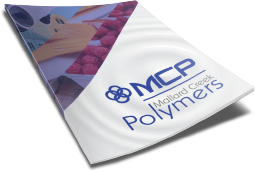
 Construction
Construction
 Nonwovens
Nonwovens
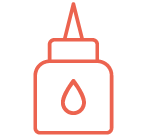 Adhesives
Adhesives
 Textiles
Textiles
 Printing & Packaging
Printing & Packaging
 Paper
Paper
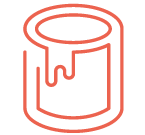 Paints & Coatings
Paints & Coatings




